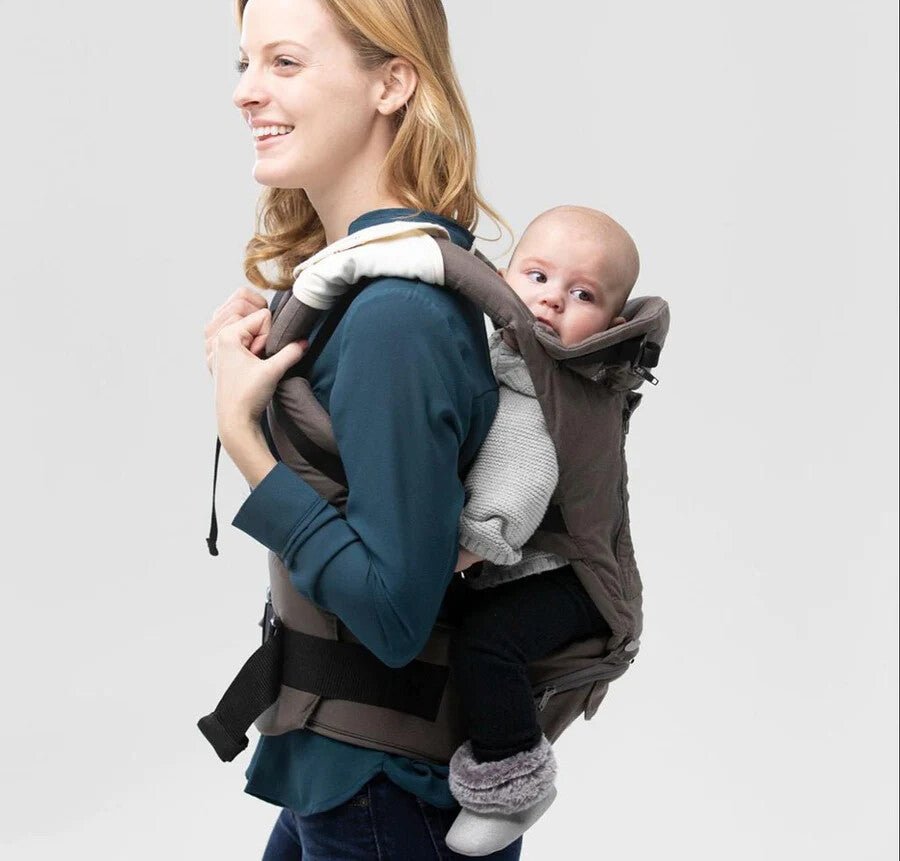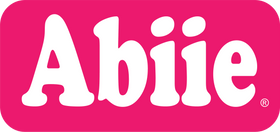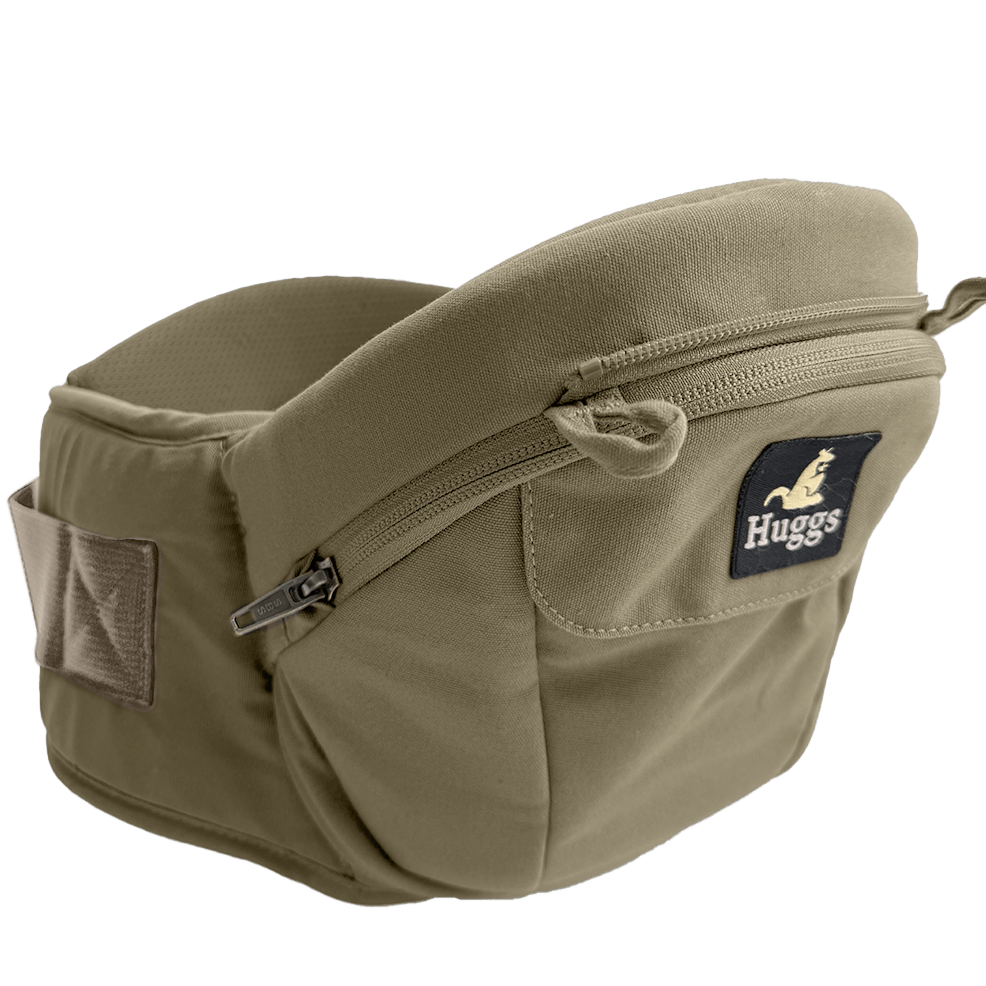Front Carrier vs. Back Carrier: Which is Best for You?

You and your new baby are ready to explore the world together and pound the pavement on your future errand days. But before you embark on any journey with your little one in tow, you need to figure out the best way to carry them from Point A to Point Z.
The safest spot for your little one will always be right in those arms of yours. However, it’s not feasible to tie up your arms and hands when you’re trying to tackle important errands and other tasks. This is why baby carriers are the next best option for carrying a young child. The right carrier will act like a cocoon, keeping your child firmly protected from danger in a way that a stroller or a stationary baby seat cannot.
Still, not all baby carriers are the same. This begs the question: should you invest in a front baby carrier or a back baby carrier? Here’s a rundown on how both types of carriers may benefit you and your little one this year.
FRONT CARRIERS VS. BACK CARRIERS
The front option is a structured carrier that is made of a soft fabric and comes with straps that are adjustable. The straps are connected to a fabric pouch designed to hold a child against the wearer’s body. These straps wrap around the back, shoulders, and even hips to provide ample back support.
A back baby carrier, on the other hand, is more like a knapsack that features a seat for your baby to sit in. Your child will face in the direction you are when this type of carrier is worn properly.
No matter which type of carrier you choose, it should have plenty of room for your child and be comfortable. The base should be firm to support and protect your baby.

FRONT CARRIER PROS
The front option may be the most appropriate baby carrier for your needs if your child is between the ages of newborn to 6 months old. That’s because these carriers make it possible to carry a small child close to your body. Your child will face inward toward your chest initially. Then, once they grow older and develop more strength in their neck muscles, they can face outward and take in more sights.
These frameless carriers also offer the benefit of being ultra-soft, washable, and easy to pack away due to their relatively small size. In addition, you can breastfeed your child while carrying them around in this type of carrier.
FRONT CARRIER CONS
This type of carrier may not be suitable for you if you can’t master how to put your child in the carrier yourself. It might take you a few tries to get this right.
In addition, as your child grows, you may begin to feel back strain from carrying them in front. If your child faces outward in particular, your child’s center of gravity is different from yours. This means your child pulls out and down on both of your shoulders, and this can be hard on the back. In this situation, you may want to let your baby face you. This will let their body curve into yours, removing pressure from your shoulders. Alternatively, it might be best to use a back carrier instead.
Some children may also feel overstimulated if they face forward, so if you carry your child in front, have them face you. They’ll be able to bury or nuzzle their face in your chest occasionally when their surroundings become too much to take in.
BACK CARRIER PROS
A back carrier is generally a great baby carrier for a toddler or older baby who can sit up on their own. As a matter of fact, your carrier may easily be able to accommodate your little one until they’re 3 years old or 4 years old—that is, if your back can handle baby carrying for that long. In addition, these types of carriers are often ideal for serious hiking and walking. Some even come with sun and rain protectors.
Note that a back carrier is usually more structured than its front counterpart. In addition, it sometimes comes with a frame made of metal, and it usually features tougher fabrics.
These carriers also come with freestanding legs so, you can easily load your child into the carrier while the carrier is sitting on the floor. Then, you’ll simply hoist them up on your back and adjust the straps around your hip area to balance their weight evenly. If you have back issues, carrying your child on the back versus the front side will be easier on you.
BACK CARRIER CONS
A back carrier may not be the right baby carrier for you if you don’t feel like your child is secure or close enough when on your back. In addition, it might not be as convenient if you’re trying to move about in crowds easily. Still, these carriers can generally work with you wherever you go: outdoors, indoors, downstairs, upstairs—wherever the day takes you.
TAKE ADVANTAGE OF OUR QUALITY BABY CARRIER AT ABIIE®
At Abiie®, we offer our proprietary Huggs® Baby Carrier. This carrier is the “best seat on the go,” as it comes with a patented hip seat design that is ergonomic and provides all-day comfort for your waist and back. In addition, you can carry your child in multiple positions with this product. Get in touch with us to learn more and order yours today!

 US
US
 Canada
Canada
 Japan
Japan
 European Union
European Union
 Taiwan
Taiwan
 Malaysia
Malaysia
 Singapore
Singapore




